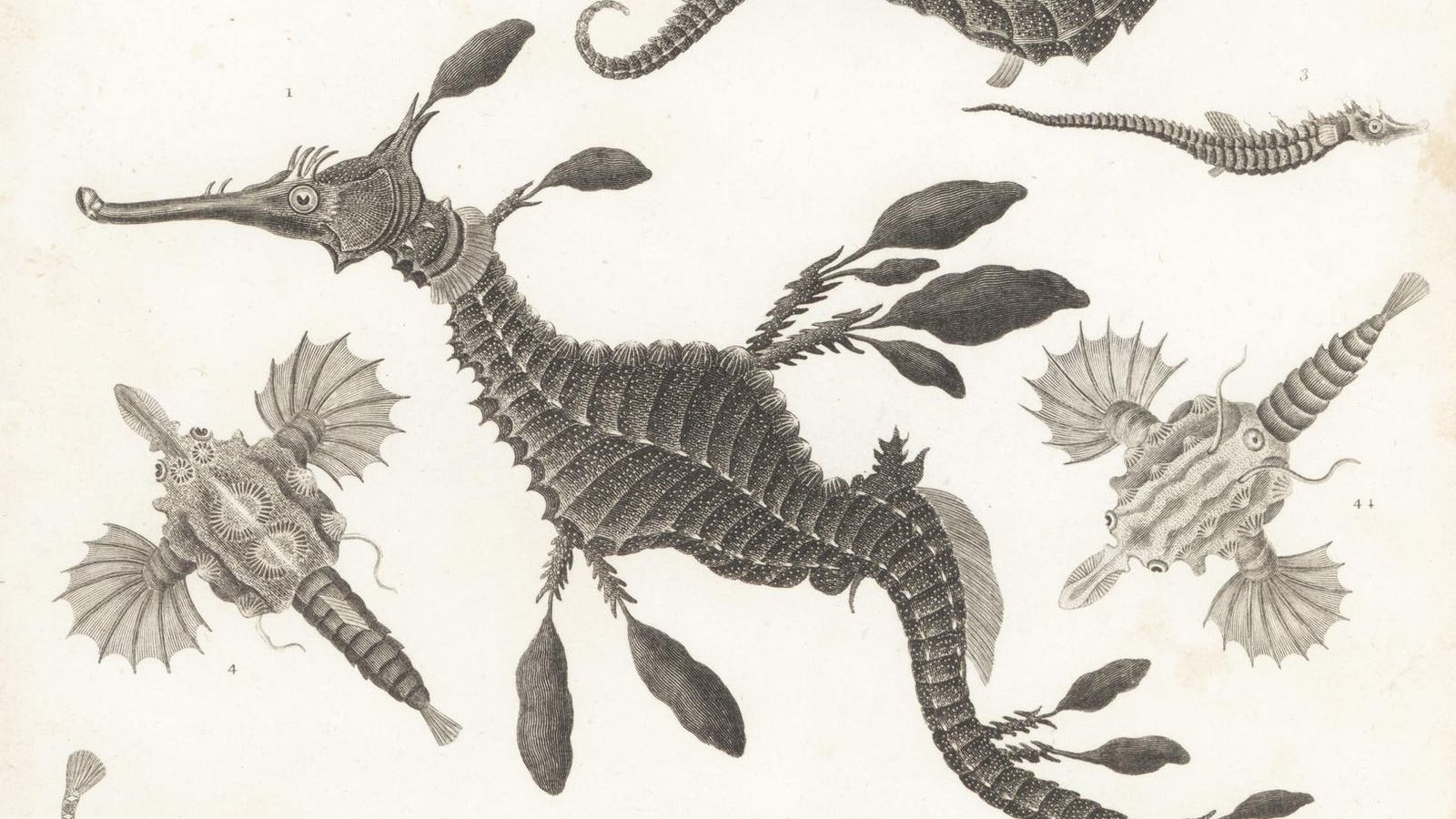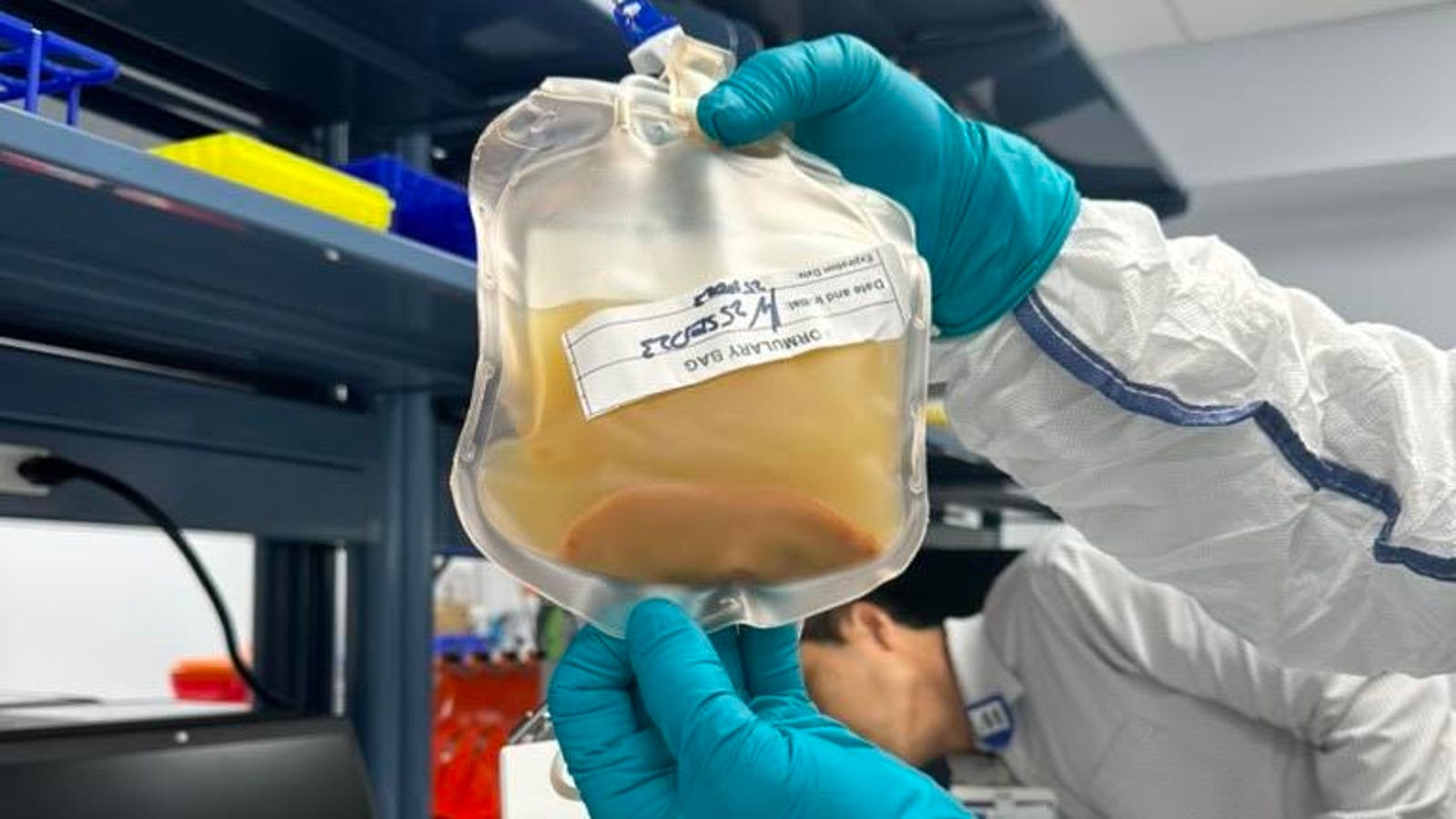A vast proportion of our oceans still remain unexplored and mysterious, with unimaginable diversity … More
The ocean’s depths harbor some of the strangest and most beautiful life forms on the planet. While creatures like dolphins and clownfish capture headlines, countless other species remain hidden from public view, often because they dwell in remote or deeper waters.
Among these overlooked wonders are fish and invertebrates whose bizarre shapes and behaviors challenge our notions of what marine life can be. From fish that “walk” along the sea floor to invertebrate colonies that resemble antique quill pens, these animals showcase evolution’s creativity.
By shining a light on the red-lipped batfish, the weedy sea-dragon and the sea pen, we’ll uncover how each has adapted to its environment in striking ways — revealing feeding strategies, reproductive marvels and evolutionary lineages that stretch back hundreds of millions of years.
1. The Red-Lipped Batfish
Red-lipped batfish (Ogcocephalus darwini) walks along the seafloor using limb-like fins, blending … More
The red-lipped batfish (Ogcocephalus darwini) reaches up to 40 cm (~15 inches) in length and sports a stocky, flattened body covered in smooth, shagreen-like skin punctuated by fine spinules. Its most famous feature, of course, is a pair of bright red, almost fluorescent lips, thought to play a role in species recognition during spawning.
Rather than swimming, this species “walks” on the ocean floor using highly modified pectoral, pelvic and anal fins that act like limbs — propelling it in a frog-like gait among sand and rocks. When mature, its dorsal fin transforms into a single spine-like illicium, which functions as a lure to attract prey.
Habitat is limited to the neritic zone around the Galápagos Islands and off the coast of Peru and Ecuador at depths from 3 m (~10 feet) to about 120 m (~400 feet). These bottom dwellers prefer sandy habitats or reef edges where they can blend in by changing body coloration to match substrates.
As carnivores, red-lipped batfish feed on small fish, crustaceans such as shrimp and crabs, worms and mollusks, employing a sit-and-wait ambush strategy that relies on camouflage and the element of surprise. Once prey is lured close by the glowing esca, the batfish snaps it up with a quick suction action, aided by its wide, extendable mouth.
Evolutionary studies show that batfish, such as Ogcocephalus darwini, belong to the anglerfish lineage (Lophioidei) — a diverse group of over 400 species. Within this lineage, the batfish family (Ogcocephalidae) diverged roughly 50 to 65 million years ago and has adapted to life on the seafloor, from shallow coastal areas to deep waters across most tropical and subtropical seas. More than 75 species are currently recognized within this family.
2. The Weedy Seadragon
Weedy seadragon (Phyllopteryx taeniolatus), a master of camouflage, glides through kelp forests … More
The weedy seadragon (Phyllopteryx taeniolatus), also known as the common seadragon, is found along the southern coast of Australia, from Western Australia to New South Wales and Tasmania.
It inhabits kelp forests and seagrass meadows at depths of up to 50 meters (165 feet), where its leaf-like appendages and vibrant body coloration provide superb camouflage among the seaweed.
Physiologically, seadragons lack teeth and stomachs, feeding by suction through a long, tubular snout. They consume tiny crustaceans — primarily mysid shrimp, sea lice and larval fish, often feeding nearly constantly to compensate for their rapid digestion.
They rely on subtle movements of their dorsal and pectoral fins to hover and glide, minimizing disturbance of their surroundings to avoid detection by predators.
Sir David Attenborough has often cited the weedy seadragon as one of his favorite creatures, marveling at how “they’ve evolved to look like weeds and spend the entire day dancing.”
In various interviews and conservation efforts, he has highlighted the species’ beauty and the importance of preserving its fragile habitat.
This is because genetic studies have indicated low overall genetic diversity and the presence of distinct populations shaped by historical sea-level changes during the Last Glacial Maximum, underscoring the species’ vulnerability to environmental shifts.
3. The Sea Pen
Sea pen anchored in soft sediment, displaying its quill-like structure and feeding polyps extended … More
Sea pens are colonial cnidarians in the order Pennatulacea, named for their resemblance to antique quill pens when anchored in soft sediment. Found worldwide — from shallow intertidal zones to depths exceeding 2,000 meters (6,500 feet) — sea pens anchor themselves by a bulbous peduncle from which specialized polyps extend.
As filter feeders, sea pens rely on two main polyp types: autozooids, armed with nematocysts for capturing plankton and small particles, and siphonozooids, which draw water through the colony’s canal system to facilitate feeding and respiration. They feed on microscopic plankton, benefiting from currents by orienting themselves perpendicular to the flow to maximize food intake.
Pennatulaceans have an ancient evolutionary lineage, with fossils tracing back to the Cambrian Burgess Shale. Genetic analyses suggest that key sea pen traits have evolved convergently in response to habitat depth and substrate type.
Sea pens can produce a bioluminescent glow when disturbed, flashing a greenish light to startle predators such as sea stars and nudibranchs. They also exhibit the ability to retract rapidly into their peduncle or even detach and re-anchor to escape unfavorable conditions.
Some species, like the orange sea pen (Ptilosarcus gurneyi), have been studied for their predator-specific defensive behaviors, including rapid contraction and light emission against certain starfish attackers.
Does being in the natural world make you feel a sense of peace and fulfillment? Do you feel a deep sense of belonging and relationship with the Earth? Take this test to find out if you are one with Mother Nature: Connectedness to Nature Scale.








